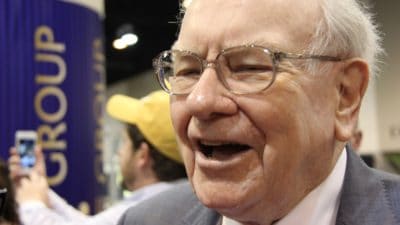GlaxoSmithKline (LSE: GSK) is one of the largest firms listed in the FTSE 100 by market capitalisation and as such, is bound to attract the attention of dividend-seeking investors.
One market aphorism has it that income strategies tend to beat growth strategies. So it could pay to seek out at least some reliable dividend generators when building a portfolio of shares.
At first glance, GlaxoSmithKline seems attractive. Today’s share price around 1,644p throws up a forward dividend yield of almost 4.9% for 2017.
A defensive sector with issues
Big firms such as GlaxoSmithKline in the pharmaceuticals sector tend to have business models similar to consumer goods businesses in other sectors. Whenever a company comes up with a product that customers buy, use up, and buy again repeatedly, cash generation can be reliable and predictable for the business. In the case of GlaxoSmithKline, customers rarely forego their medicines so, in theory, the firm enjoys the defensive, cash-generating qualities that we should be looking for in a dividend investment.
By now, you will probably already be familiar with the so-called patent cliff faced by big pharmaceuticals firms over recent years. Several of GlaxoSmithKline’s big-selling and profitable lines all came to the end of their patent protection periods at around the same time, opening the way for generic competition to swoop into the market with cut-price offerings. The effect on GlaxoSmithKline’s profits was significant. Earnings per share fell for the last four years, first by 2% then by 3%, 12% and a massive 21%.
The company fought the patent-expiry issue by bearing down on costs and working hard to develop new potential blockbuster drugs from its research and development pipeline. The measures are taking effect, and City analysts predict a return to earnings growth during 2016, with EPS up around 27%. That’s encouraging.
Keeping the faith
Consumer goods firms in other sectors, such as Unilever, don’t rely on patent protection so much as on the strength of their brands to attract customers. So even though profits might be lower than previously enjoyed, I think it’s reasonable to assume that GlaxoSmithKline can still be a reliable cash generator and a solvent business even when challenged by competition. I wonder if such thinking is what kept well-known fund manager Neil Woodford invested in GlaxoSmithKline when the shares were down near 1,000p during 2009?
I looked at the shares myself back then but didn’t have Neil Woodford’s insight. I wish I had because a 64% capital gain plus generous dividend income over the last seven years isn’t to be sniffed at. All that was achieved during a period of crisis and falling earnings, remember, so what might happen when things are going well for the business? Such can be the power of good dividend-paying defensives.
The dividend payout rose a little each year until 2015 when the directors held it at 2014’s level of 80p per share. By then, adjusted earnings per share dipped slightly below the level of the dividend, so it was prudent not to raise the payout further. In recent guidance, the firm told us it intends to maintain the dividend at 80p per share for 2016 and 2017 too. As cash flow and earnings rebuild — and the outlook is positive — I think right now could be a good time to add GlaxoSmithKline to a portfolio for income.







